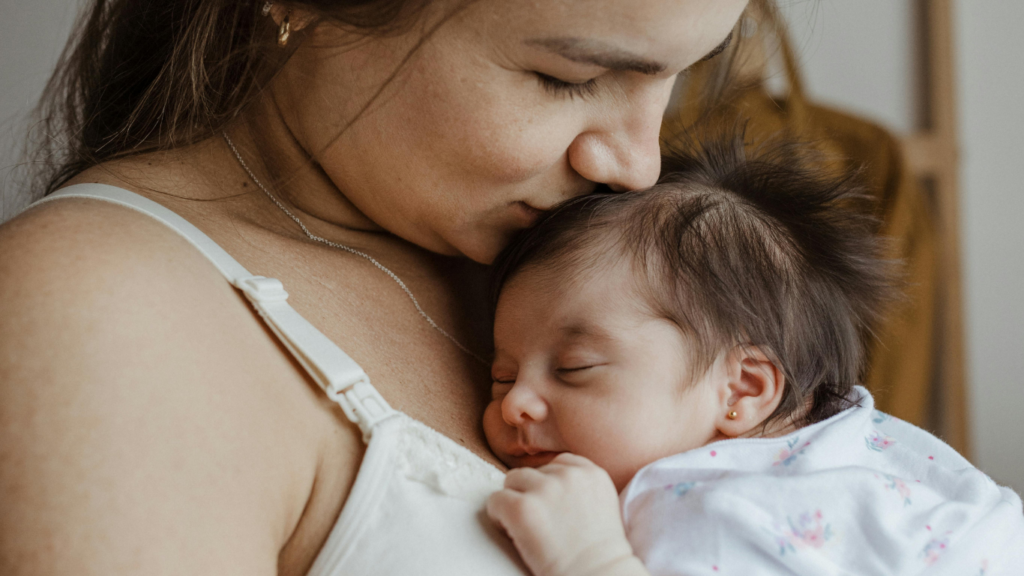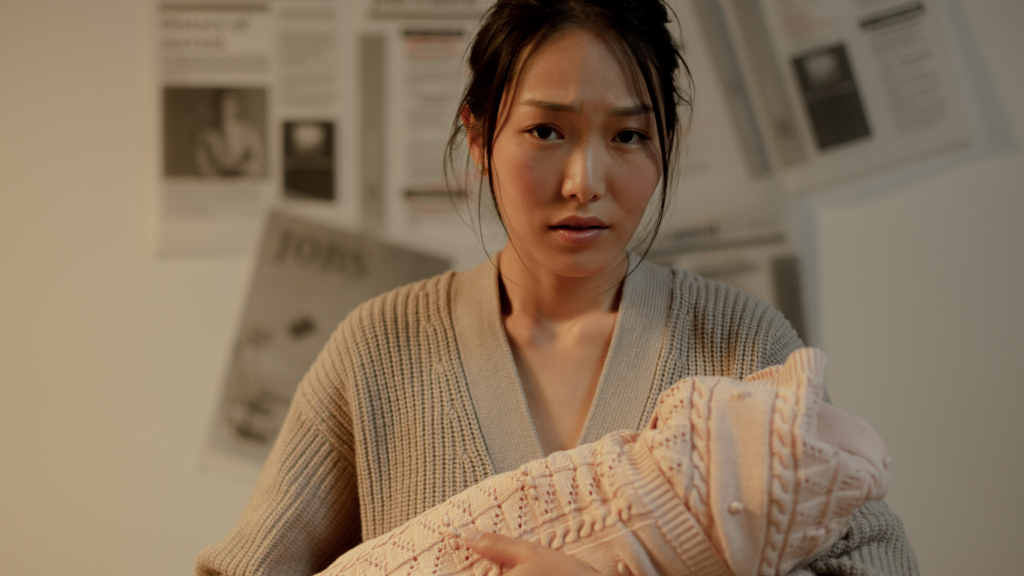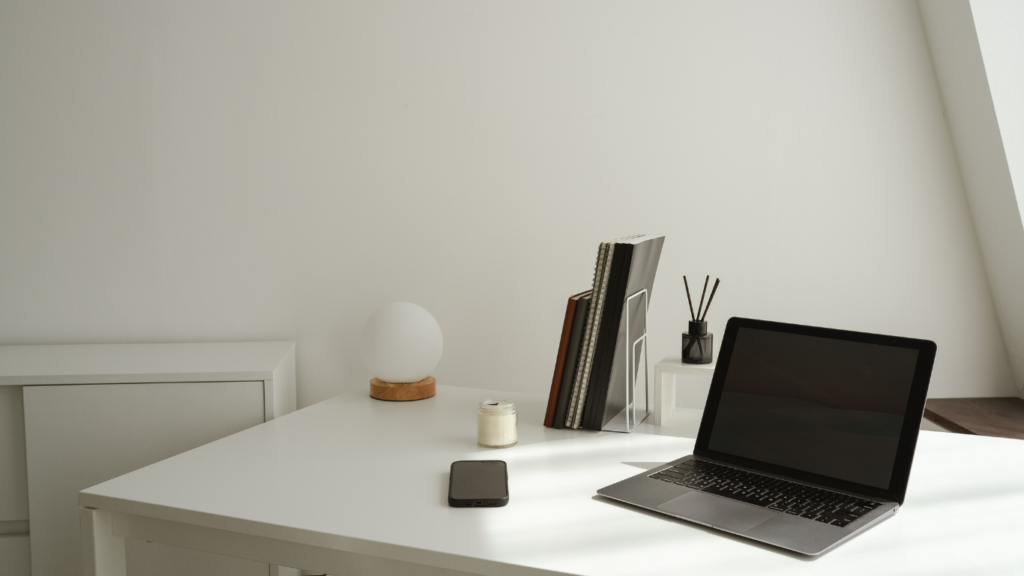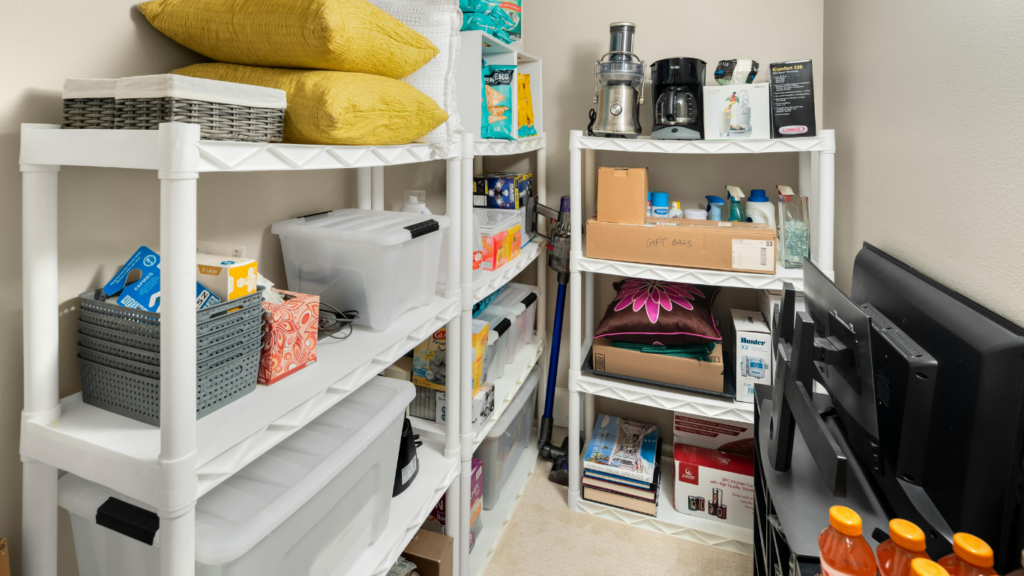Bringing a new life into the world is a beautiful experience, but it can also leave your home feeling a bit chaotic. After the whirlwind of childbirth, many new parents find themselves yearning for a sense of calm and order.
That’s where postpartum nesting comes in. It’s not just about cleaning; it’s about creating a nurturing environment that reflects your new reality. I’ve discovered that refreshing and reclaiming your space after birth can be incredibly empowering.
By focusing on simple changes, you can transform your home into a sanctuary that supports both your well-being and your baby’s. Let’s explore how to embrace this instinctual drive to nest and make your home a place of comfort and joy during this transformative time.
Understanding Postpartum Nesting
Postpartum nesting represents an instinctual drive new parents feel to organize, clean, and prepare their living environments. This phase often manifests after giving birth, serving both emotional and practical needs.
The Concept of Nesting
Nesting refers to an innate urge to create a safe and welcoming home environment. During this time, I focused on small, meaningful adjustments. Rearranging furniture, decluttering spaces, or incorporating soothing decor contributes to a supportive atmosphere.
Engaging in these activities fosters a sense of control and readiness, which can enhance my emotional well-being post-birth.
Importance of a Fresh Space
A fresh space significantly impacts mental health during the postpartum period. Clean and organized areas reduce stress and create a calming atmosphere for both me and my baby. Studies indicate that a tidy environment can improve mood and increase feelings of safety.
Embracing this process not only benefits my living conditions but also promotes bonding with my new child. By prioritizing a refreshed space, I support my family’s transition into this new chapter of life.
Preparing for Postpartum Nesting
Preparing your space for postpartum nesting involves careful evaluation and the right supplies. I found this phase essential for creating a comforting environment for both myself and my baby.
Assessing Your Current Space
Assessing your current space is the first step in this process. I looked for clutter that could be overwhelming. I assessed each room, focusing on areas where I spent the most time, like the nursery and living room. Key aspects to evaluate include:
- Clutter Levels: Identify items that no longer serve a purpose and consider removing them.
- Safety Hazards: Look for sharp objects, loose cords, or unstable furniture that could pose risks.
- Comfort Factors: Assess the comfort of your furniture and whether it supports relaxation during this critical time.
- Functionality: Ensure spaces are practical for daily tasks, especially those related to baby care.
Gathering Necessary Supplies
Gathering necessary supplies makes the nesting process smoother. I compiled a list to ensure I had everything on hand. Essential supplies include:
- Cleaning Supplies: Stock up on non-toxic cleaners, microfiber cloths, and trash bags.
- Organizational Tools: Use storage bins, shelves, and drawer organizers to create order.
- Infant Care Items: Have diapers, wipes, and clothing accessible for ease of use.
- Decorative Elements: Consider adding comforting touches like blankets, art, or soft lighting for a cozy atmosphere.
With these steps, I transformed my home into a nurturing space that supports my family during this new chapter.
Steps to Refresh Your Space
Refreshing your space after birth plays a crucial role in promoting emotional well-being. By following a few straightforward steps, you can create a more inviting and supportive environment.
Decluttering and Organizing
Decluttering has immediate benefits for mental clarity and emotional peace. I start by assessing each room, identifying areas filled with unneeded items. I sort belongings into three categories: keep, donate, and discard.
- Keep: Retain items that serve a purpose or bring joy.
- Donate: Consider giving away items in good condition that others may find useful.
- Discard: Safely dispose of broken or damaged items.
Next, I focus on organization. I utilize baskets, bins, and shelves to tidy my space. A designated changing station in the nursery streamlines daily routines. Labeling containers helps maintain order, making it easy to locate essential baby items quickly.
Incorporating Soothing Elements
Incorporating soothing elements enhances the atmosphere of my home. I choose a calm color palette, favoring soft hues like light blues and greens, which promote relaxation.
- Natural Light: I keep windows unobstructed to maximize natural light, uplifting the space.
- Indoor Plants: Adding plants introduces tranquility and improves air quality, making the environment feel alive.
- Comforting Textiles: I layer soft blankets and cushions on sofas and chairs, inviting coziness and warmth.
Listening to soft music or nature sounds creates a peaceful ambiance, further enhancing my nesting environment. Making small adjustments transforms my home into a nurturing retreat, supporting my family’s well-being during this transition.
Reclaiming Your Space for Self-Care
Reclaiming space for self-care involves transforming areas of my home into soothing, functional retreats that support well-being. By prioritizing comfort and practicality, I enhance my environment and emotional health.
Creating a Relaxing Environment
Creating a relaxing environment starts with decluttering. I remove items that no longer serve a purpose or bring joy. Incorporating calming colors, such as soft blues and gentle greens, promotes tranquility.
Adding elements like essential oil diffusers or calming candles plays a significant role in enhancing relaxation. Ensuring adequate natural light through sheer curtains helps elevate mood. Finally, incorporating comfortable seating like a cozy chair or a soft blanket offers a nurturing spot for self-reflection or quiet moments.
Designing a Functional Nursery
Designing a functional nursery requires careful planning to maximize efficiency and comfort. Placing the crib in a quiet corner, away from heavy foot traffic, creates a serene sleep environment. I opt for multifunctional furniture, such as a changing table that doubles as storage for clothes and diapers.
Ensuring easy access to essential items like baby wipes, diapers, and clothing streamlines routines, making caregiving easier. Adding personalized touches, like artwork or photos, fosters a warm, inviting atmosphere while allowing my little one’s personality to shine.
A well-thought-out nursery enhances both the baby’s comfort and my peace of mind during this significant transition.



